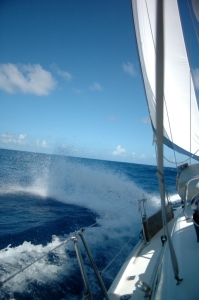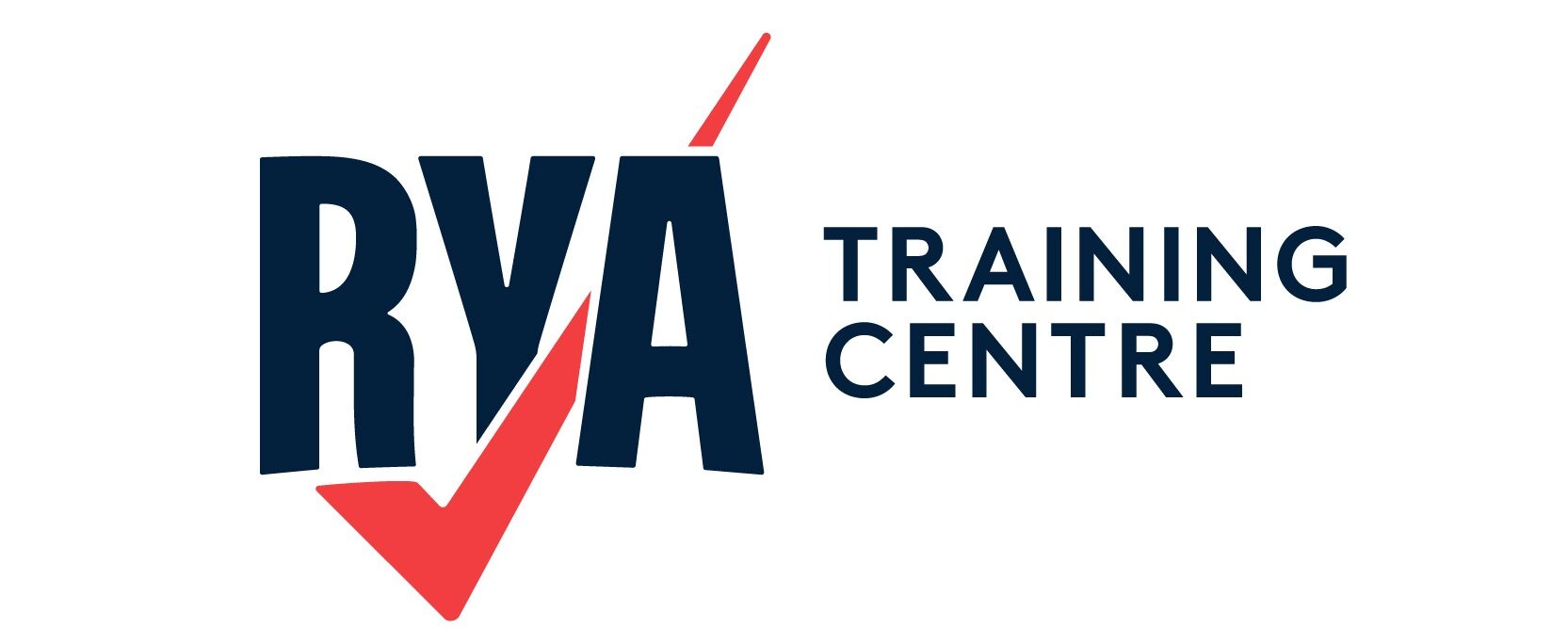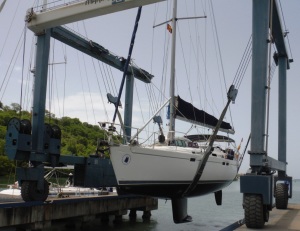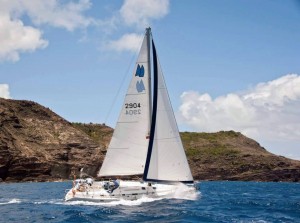 If you are learning to sail then you will have lots of questions about how things work on a sailing boat. Great! One of the common queries our instructors are asked is: “Is it safe when the boat leans over?” The technical term for this is ‘heeling over’ and the answer is: “Yes, a boat with a keel is scientifically engineered to do this.“
If you are learning to sail then you will have lots of questions about how things work on a sailing boat. Great! One of the common queries our instructors are asked is: “Is it safe when the boat leans over?” The technical term for this is ‘heeling over’ and the answer is: “Yes, a boat with a keel is scientifically engineered to do this.“
On the other hand, if you sail dinghies or other unballasted boats then you may capsize if you heel over. It’s part of the fun of sailing that type of boat! When you train to sail dinghies you learn how to quickly and easily right the boat. To start with, if you are slightly nervous, then we suggest learning to sail on a solid keel boat like Chao Lay.
Learning To Sail: What Does The Keel Do?
The keel is a flat blade that is attached to the bottom of the sailboat. It has two main purposes:
- It prevents the boat from being blown sideways by the wind, and
- It holds ballast that helps to keep the boat the right way round.
Be advised that you need to know the depth of your keel to safely navigate in shallow water.
Learning To Sail: Will We Capsize?
Keel boats have plenty of ballast to keep them upright, even in the most extreme conditions. All sailing boats will heel over, and you may even get a wave or two over the side. Don’t be alarmed as this is just part of sailing; keel boats are designed to heel and many skippers say it’s the most exciting part. Cleverly, keel boats were designed using basic physics:
 When the boat heels over, the wind pressure on the sails decreases because the sails present a smaller area. Think about if you are walking along on a really windy day. If you stand straight up then the pressure against you makes it hard to move forward. However, if you bend at the waist it is much easier to walk as you have less surface area facing the wind. Similarly, the farther the boat heels, the less pressure there is on the sail.
When the boat heels over, the wind pressure on the sails decreases because the sails present a smaller area. Think about if you are walking along on a really windy day. If you stand straight up then the pressure against you makes it hard to move forward. However, if you bend at the waist it is much easier to walk as you have less surface area facing the wind. Similarly, the farther the boat heels, the less pressure there is on the sail.- The ballast is located well below the waterline in the keel. If the boat heels over then the leverage increases. For example, you can compare this to holding a weight in your hand. As you raise your arm straight out from your body, the weight feels heavier the further your arm moves upwards. This is exactly the same as the ballast taking effect when a boat heels over.
It makes sense that a keel boat is very difficult to capsize when these two effects work together (reduced wind pressure on the sails and the ballast working to right the boat). Simply, trust the science and enjoy the experience!
Learning To Sail: How Far To Heel Over?

This is another question we get asked by students. Basically, you want the sailboat to move through the water as efficiently as possible. If you keep a steady heel angle, the blades and sails will efficiently glide through the flow of the water and wind. Keeping the angle consistent is important; there are three things you can adjust to ensure this:
- Steering
- Sail trim, and
- Placement of weight.
The ideal heel angle is different for each boat. Generally, keel boats should be sailed somewhere in between 10 to 30 degrees.
Our next blog will look at sailing techniques used when racing in regattas, taking an in-depth look at the three considerations listed above. Until then, check out these great books from the RYA:



 When the boat heels over, the wind pressure on the sails decreases because the sails present a smaller area. Think about if you are walking along on a really windy day. If you stand straight up then the pressure against you makes it hard to move forward. However, if you bend at the waist it is much easier to walk as you have less surface area facing the wind. Similarly, the farther the boat heels, the less pressure there is on the sail.
When the boat heels over, the wind pressure on the sails decreases because the sails present a smaller area. Think about if you are walking along on a really windy day. If you stand straight up then the pressure against you makes it hard to move forward. However, if you bend at the waist it is much easier to walk as you have less surface area facing the wind. Similarly, the farther the boat heels, the less pressure there is on the sail.
